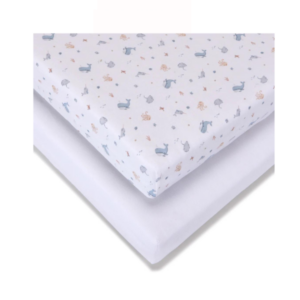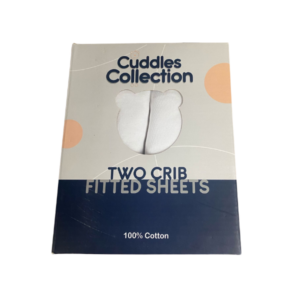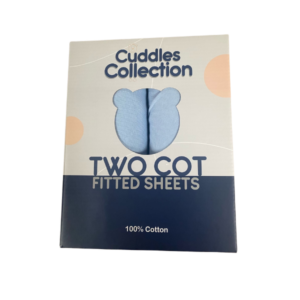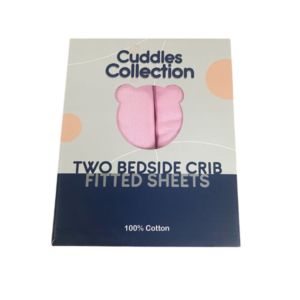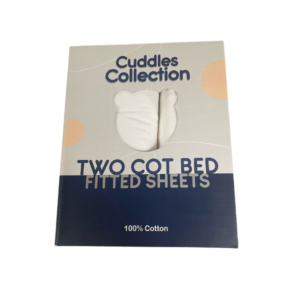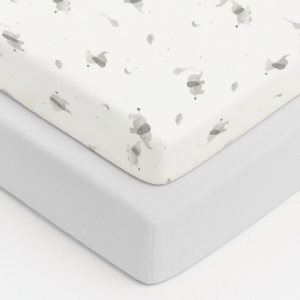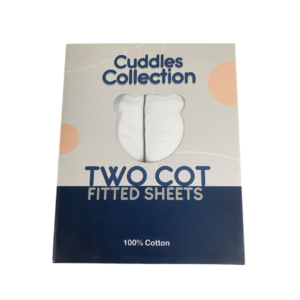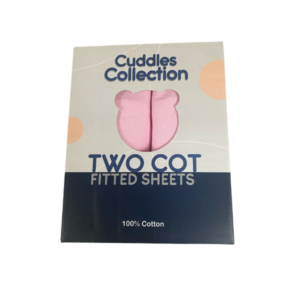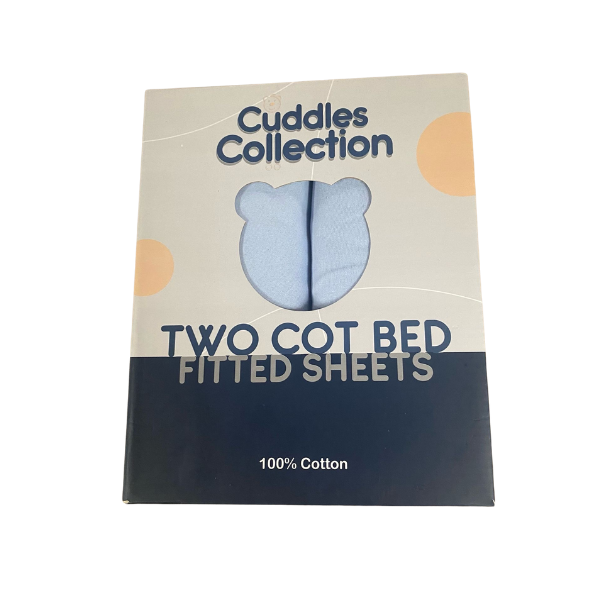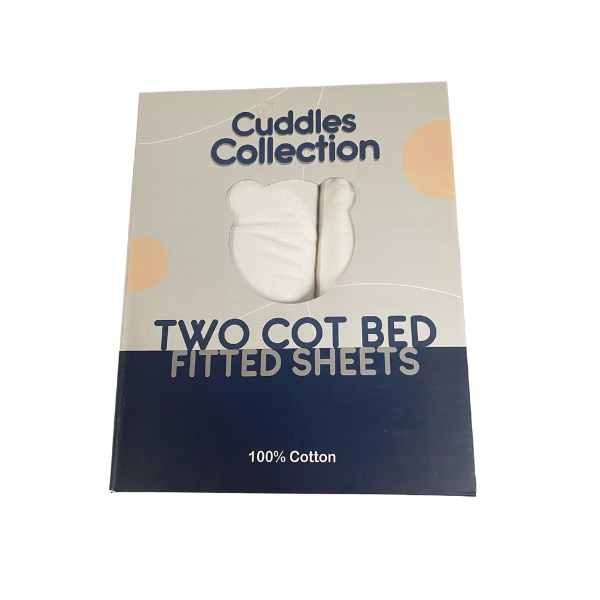Frequently asked questions
What bedding is recommended for a sleeping baby?
This is an extremely important question, and the recommendations are based on the latest safety guidelines to reduce the risk of Sudden Infant Death Syndrome (SIDS). The key principle is to keep the baby’s sleep space clear of anything that could obstruct their breathing or cause them to overheat.
Here is a breakdown of what bedding is recommended, and what should be avoided:
Recommended Bedding
The safest bedding for a baby is simple and minimal. Your baby only needs one more layer than you would wear in the same environment to be comfortable.
- Firm, Flat Mattress: The mattress should be clean, firm, and fit snugly inside the cot with no gaps.
- Fitted Sheet: A single fitted sheet that fits the mattress perfectly is all you need on the surface.
- Cellular Blankets or Sheets: If you choose to use blankets, use lightweight sheets or cellular blankets. These are designed with tiny holes that allow air to circulate, reducing the risk of overheating.
- How to use them:
- Tuck the blankets in securely, no higher than your baby’s shoulders.
- Place your baby in the “feet-to-foot” position, with their feet at the bottom of the cot. This prevents them from wriggling down under the covers and covering their face.
- How to use them:
- Baby Sleeping Bags: A well-fitting baby sleeping bag (or “Grobag”) is a very popular and safe alternative to blankets.
- Safety features: They prevent your baby from wriggling under the covers and are sleeveless to prevent overheating.
- Sizing: It’s crucial to choose the correct size for your baby’s weight, not their age, to ensure their head cannot slip down inside the bag.
- TOG ratings: Sleeping bags come in different “Tog” ratings (e.g., 1.0, 2.5 Tog), which indicate their thickness and warmth. You should choose the appropriate Tog based on the room temperature to prevent your baby from getting too hot or too cold.
Bedding to AVOID
These items should never be used in a baby’s cot, as they pose a suffocation or overheating risk:
- Pillows: Pillows are a major risk and are not recommended for babies under 12 months.
- Duvets and Quilts: These are too soft and heavy and can easily cover a baby’s face, leading to suffocation. They also pose a significant overheating risk.
- Cot Bumpers: Cot bumpers, whether padded, mesh, or braided, are not recommended. A baby can get tangled in them or use them to pull themselves up, leading to a fall. They also obstruct airflow within the cot.
- Soft Toys and Cushions: Do not leave any toys, teddies, or cushions in the cot while your baby is sleeping.
- Loose or Bulky Bedding: Avoid any blankets that are not securely tucked in or are thick, fleecy, or padded.
In summary, the safest sleep environment for a baby is an empty one. The cot should contain only a firm mattress, a fitted sheet, and either a well-fitted baby sleeping bag or a few lightweight, securely tucked-in blankets.

